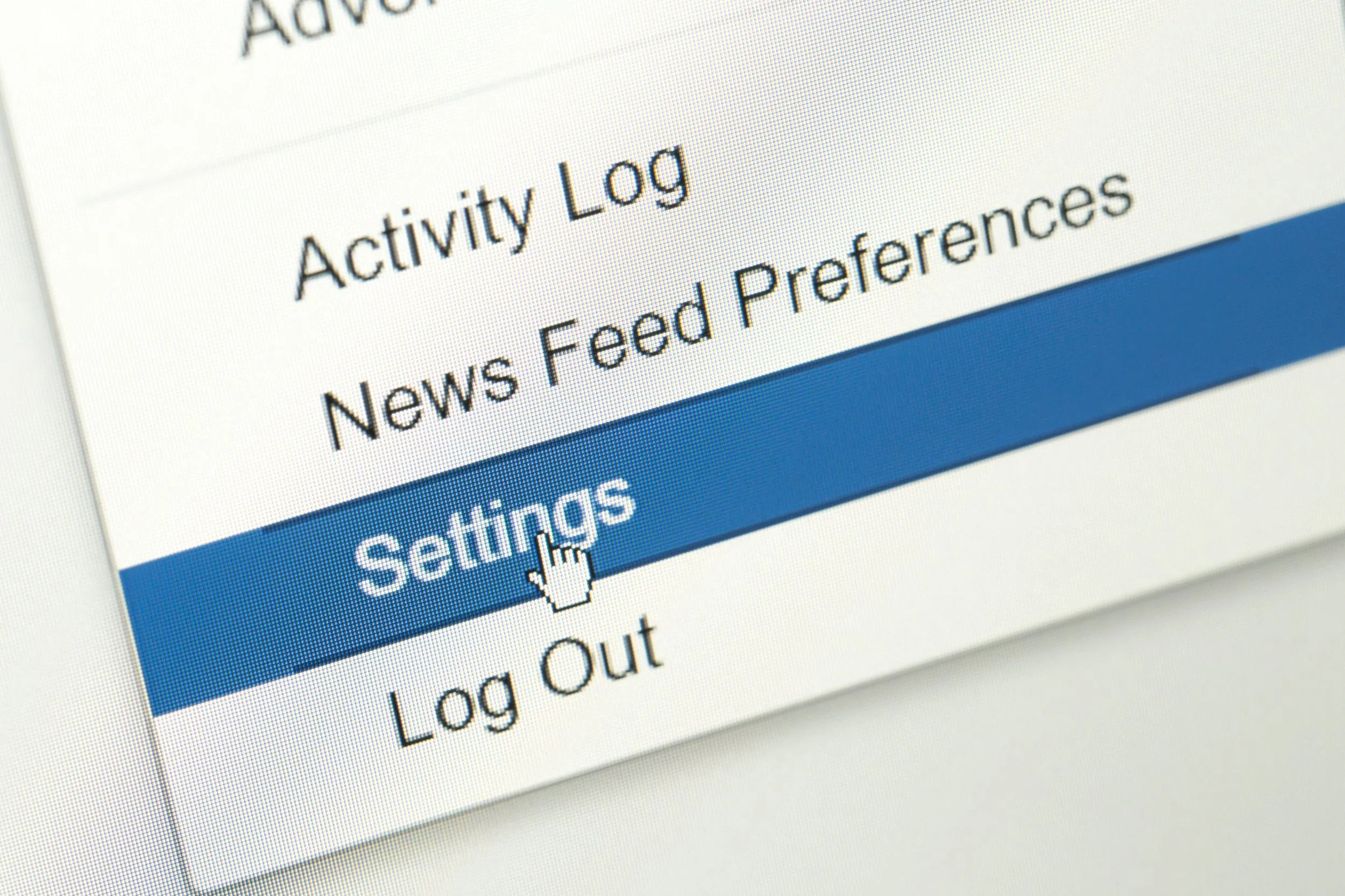Software Updates
As technology continues to evolve at a rapid pace, keeping our devices updated has never been more critical. We all know that our computers, phones and iPads tell us when a new software update, or app update is available, but what do these updates do, besides change the look of our devices? Updates play a pivotal role in the health, security, and overall user experience of our devices. They are there to protect us, even when we can’t see what’s changed. They are like a work crew constantly patching and renovating a house, stopping leaks, and locking doors – the best part is, these updates are usually free.
The primary reason for regular software updates is security. Cyber threats are constantly evolving, with new viruses, malware, and exploits emerging frequently. Software developers respond by patching vulnerabilities and strengthening security features. Skipping an update can leave your device open to attacks that could compromise your personal information. These updates defend against such vulnerabilities. They work exactly like upgrading your home security – as crooks get better at their job, we get better at protecting against their technologies.
Software and App updates often include optimizations that improve the overall performance of your device. This can include faster processing speeds, better battery life, and fewer crashes or bugs. By keeping your software up to date, you ensure your device operates efficiently and reliably.
With each update, new features are introduced, or existing ones are enhanced. These updates can significantly improve your device's usability, offering new ways to manage tasks, better interfaces, and additional functions that enhance your daily digital experience. I can understand that sometimes simple is better, “if it ain’t broke, don’t fix it”, but the security risk you leave yourself open to increases with time and lack of updates, similar to leaving doors unlocked when you leave the house.
As new software and apps are developed, they are designed to work with the latest operating systems and software versions. Regular updates ensure that your device remains compatible with the latest technology, ensuring you don't miss out on using the latest apps and services because your software is outdated. If your phone is several generations old and no longer receives updates, it might be time to consider getting a new one. Search online to see if your phone still gets current updates.
Some tips to stay on top of updates:
Enable Automatic Updates: Most devices offer an option to automatically download and install updates as they become available. This is the simplest way to ensure your device stays up to date. You can head to Settings > General > Software Updates > Automatic Updates and flick it ‘on’ on iPhones, and similarly on Androids.
Regularly Check for Updates: Occasionally, check your device's settings to ensure no updates are pending. This is especially important for critical security updates that require immediate attention. This can be accessed in settings. App updates can be accessed through the App Store and tapping on the profile at the top right, or Google Play Store and tapping on the profile > Manage apps & devices > Tapping ‘Update available’ to update.
Be Informed: Stay informed about the latest software versions for your device and the benefits they bring. This can help you understand the importance of each update and what it means for your device's performance and security.
In conclusion, software updates are not just optional extras; they are essential to the health and security of your devices. By ensuring your devices are regularly updated, you're protecting your personal information, improving your device's performance, and ensuring the best possible user experience. Keeping your software updated is a simple yet effective step towards a safer, more efficient digital life.
Edin Read.
Founder & Chief Technician.
☎️ +61 401 018 615

